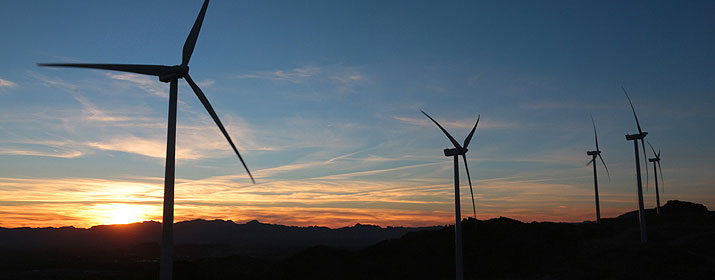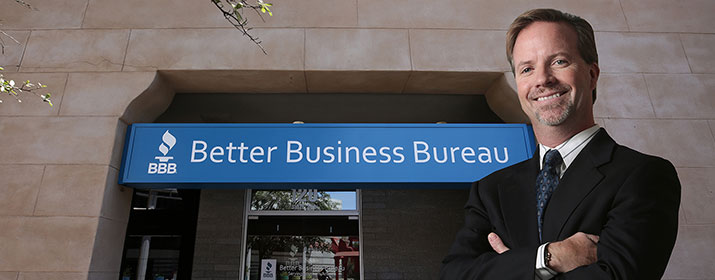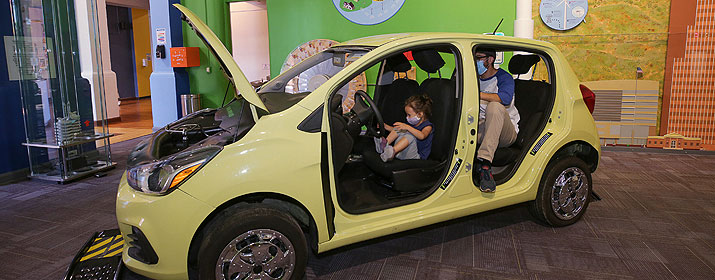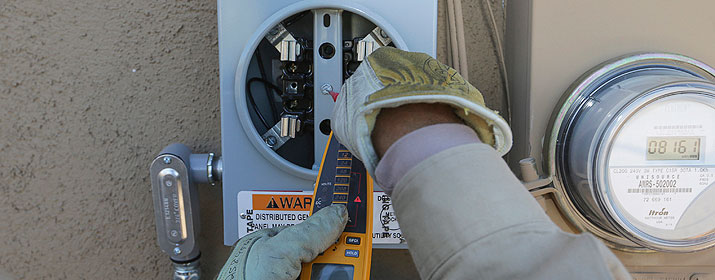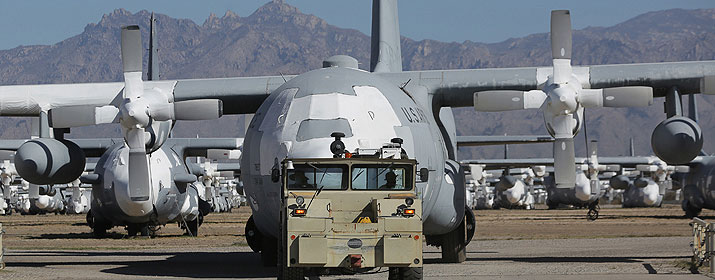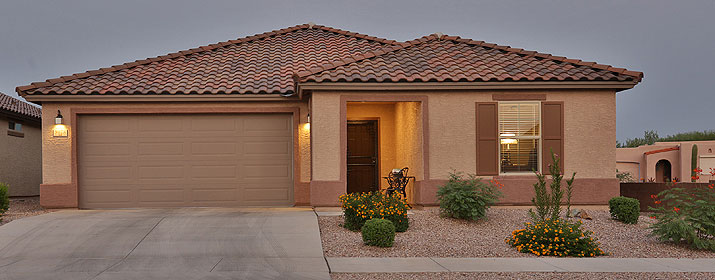
Tucson Electric Power prepares for soaring summer temperatures through ongoing infrastructure investments and efforts to keep enough energy in reserve to ride out challenging conditions.
We sat down to talk to Sam Rugel, Director of System Control & Reliability, to learn more about how we gear up for the heat.
How does extreme heat impact the electricity grid?
We plan for our hot summers in two main ways: We strategically reinforce and upgrade our system and we secure enough energy resources to cover our customers’ energy demands through our own power plants and from the power market.
In recent years, we’ve experienced periods of extreme and even record-breaking prolonged heat. When you have several days in a row exceeding 110 degrees, that kind of heat doesn’t have a chance to dissipate and places additional stress on our local energy grid.
It forces our facilities to work harder. And then, if a piece of equipment fails, we have less capacity on other parts of our grid to pick up the slack while our crews make repairs, which can lead to longer power outages.
The other consideration is that higher temperatures drive up the prices that TEP pays for power on the wholesale energy market, particularly in the West where energy resources are in relatively short supply. That can lead to larger bills, which is one reason why we’re encouraging customers to take steps to conserve energy to help keep their costs down.
Isn’t the heat a concern every year?
We’re used to hot summers here in Southern Arizona, and we prepare for them all year long by checking, replacing and upgrading equipment. Despite constant vigilance, we can’t always predict when equipment will break or fail. Longer and hotter summers certainly are a concern, but regular maintenance helps us limit the number of outages caused by equipment failure.
Our internal forecasts also account for extreme weather and help us plan for our summer resource needs. In light of this year’s forecast and the fact that excess generation is growing scarce in the Desert Southwest, we were able to secure additional resources to help shore up our reserves in anticipation of what we predict will be another hot summer.
What can local residents do to support system reliability?
All of us can do our part to ease the strain on the grid by conserving energy during the period of highest energy use – weekdays from 3-7 p.m.
Home cooling represents the largest share of residential energy usage, so we can start right at the thermostat. We recommend that customers who can safely tolerate a warmer home consider setting their thermostat at 78 degrees or higher during peak usage periods. That will really help keep their energy costs down while supporting service reliability for our community.
Investing in a smart thermostat helps you “set it and forget it,” so you can easily stick to a schedule that conserves energy in the late afternoon and early evening hours when demand is highest. To make a meaningful impact, residents can shift their energy usage to the morning or later evening hours, or even midday, when solar energy is most abundant.
Do you have any examples of how customers can shift their usage?
Absolutely! Here are a few:
- Run larger appliances like your dishwasher, clothes washer and dryer in the morning or later in the evening.
- Program your pool pump to run in the morning or midday, but not during late afternoon.
- Pre-cool your home beginning at noon by setting your thermostat three degrees lower than your normal setting. Then, at 3 p.m., adjust your thermostat as high as your family can safely tolerate. This will avoid running the AC while your pre-cooled home slowly warms.
- Close drapes, shades and blinds in the morning to keep out the sun’s radiant heat. This will keep your home cooler throughout the day.
- Use ceiling fans to circulate the air and make it feel cooler in your home.
- Cook meals in your oven or on your stove in the morning or midday, and then just heat them up in the microwave at dinnertime or grill outdoors.
If someone does lose power on a day with extreme heat, what should they do?
Customers should contact us to report an outage because this helps us isolate the problem in the affected area for quicker restoration. They should also check our outage map at tep.com or on the TEP Mobile App, which may note the cause and estimated restoration time.
If it appears the outage may last more than a few hours, consider going to a cooling shelter or staying with a neighbor or friend who has power and air conditioning. In previous heat surges, the City of Tucson has set up cooling shelters across the city, and we help share that information if that occurs.
When your power is out, we also request that you turn off your AC system and other electronics that were on when the outage occurred, such as your televisions, game consoles and computers. This helps us prevent a surge of energy demand at the moment power is restored, which can cause additional problems.
Avoid opening the refrigerator and freezer. The refrigerator will keep food safely cold for about four hours if it is unopened. For longer outages, place bags of ice in your freezer. The ice blocks will help keep food cold until power is restored.
It’s also a good idea to drink plenty of water and fluids to stay hydrated and stay out of the heat and sun.
We’ve seen rolling blackouts in other states during extreme weather. Could something like that ever happen here?
It’s possible, especially in situations where the entire Western regional grid is under stress from extreme heat. This is why we take a regional approach to monitoring grid operations. We track weather, wholesale market prices and power plant outages across Arizona, New Mexico, Nevada and California to make sure we have adequate resources to meet customer demand.
We do believe we’re well prepared. Rolling blackouts result from a shortage of energy, and TEP has secured more than enough resources to serve the usage we’re expecting this summer. This doesn’t guarantee we won’t experience problems, though, particularly if we lose access to key resources during periods of extreme heat. Energy conservation during peak usage periods can be really helpful in supporting reliable service during such contingencies.
Stresses on the supply chain could limit our access to some materials, making maintenance all the more critical. We perform regular inspections and repairs on our generation, transmission and distribution facilities. We install new poles, upgrade wires and replace transformers throughout the year in an effort to be prepared for the most extreme weather challenges.
We can’t prevent all damage, of course, given the ferocity of our monsoon storms. Because outages are always a possibility, consider preparing a “storm kit” that includes some essential items such as a flashlight with batteries, a battery powered radio, a first aid kit and water.
We’ve done our best to limit the impact of strong storms. All TEP transmission line structures meet or exceed recommended design tolerances of the National Electric Safety Code (NESC), taking into consideration line tension, wind speed, gravity, and temperature. Those national code requirements are updated every four years based on the latest research and weather data.

